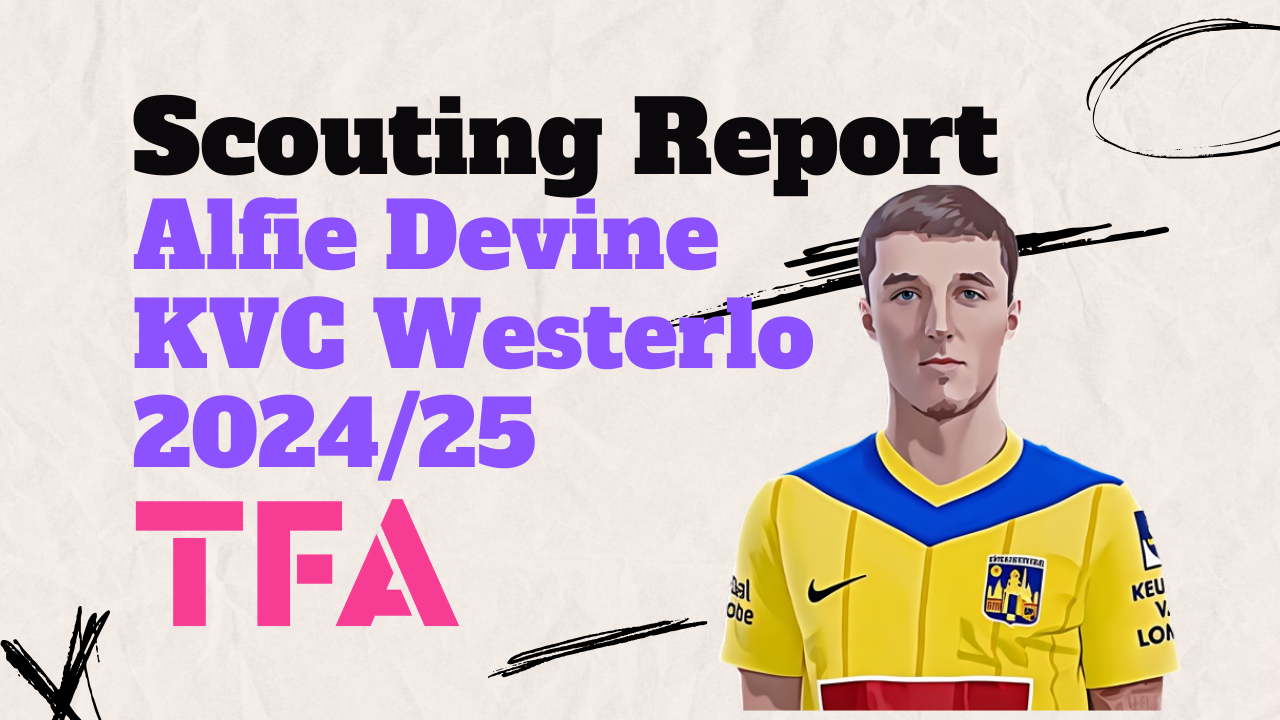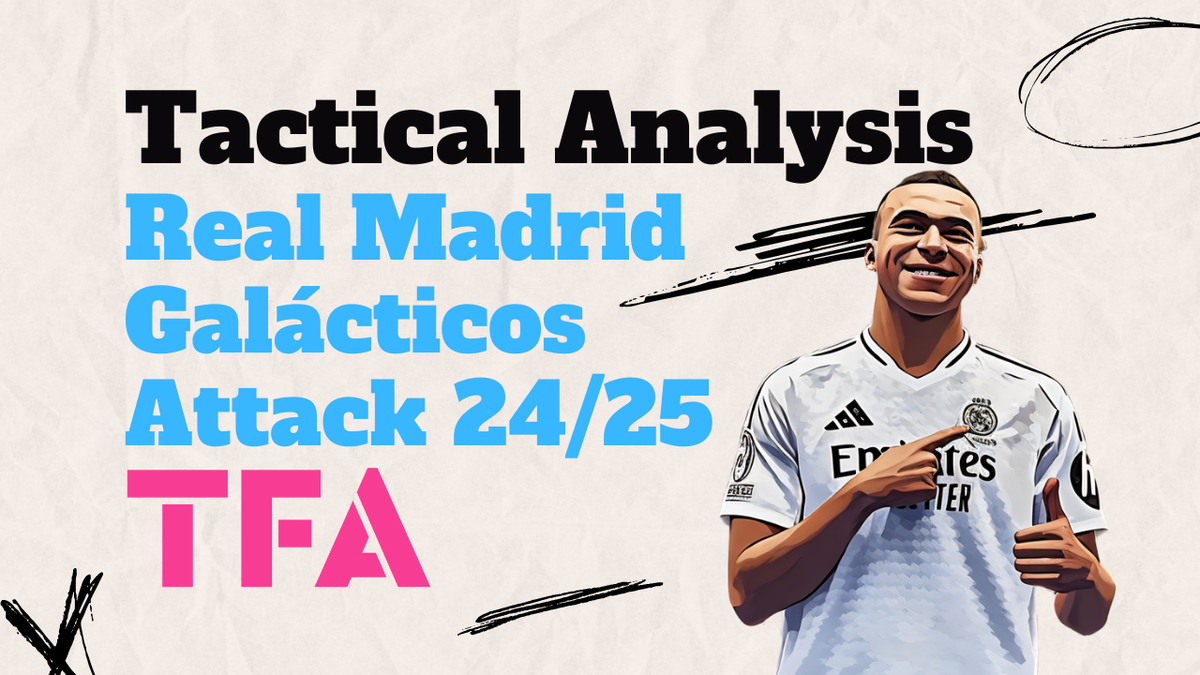Sangju Sangmu have been flying high in the ongoing K-League 1 campaign. The Firebirds welcomed Jeonbuk Motors to the Sangju Civic Stadium, four points adrift of the leaders this weekend. The home team came into the game with three straight 1-0 wins and a few believed they could replicate the result against the league leaders with Kim Bo-Kyung missing due to injury, and the Firebirds did not disappoint.
This tactical analysis will discuss the struggle José Morais had in containing Sangmu’s build-up and the different tactical nuances of both the managers. This analysis will also discuss if the Portuguese was a bit off with his tactics and selection.
Lineup
Kim Tae-Wan varied his formation to different moulds of 4-4-2 in this campaign. Against the league leaders, he started with 4-4-1-1 which looked more of a 4-4-2 in-game. Kim was fortunate enough to have the major players in his rank. The only change he made to the lineup was Se-Jin Park instead of Seon-Min Moon. The forward partnered Se-Hun Oh up top.

However, the former Chelsea and Inter Milan assistant manager wasn’t lucky enough with his squad selection. Kim Bo-Kyung missed out due to injury and no one looked like to fill his void in this game. The immense ability he shows in attracting pressure from the opponent, thus freeing up space elsewhere, was clearly missing from other Jeonbuk players. The other dilemma José Morais had with his squad selection was to select a U-22 South Korean player in the lineup. The 20-year-old, Soo-Bin Lee replaced Kim Bo-Kyung with a like for like replacement in the middle of the park. Though the paper read Jeonbuk played with 4-4-3, but in-game it was their usual 4-1-4-1 formation.
Dong-Gook Lee was back from his coaching course. The 41-year-old replaced Kyu-Seong Cho to lead the attack. Takahiro Kunimoto started as a midfielder instead of the left-wing where he played against Ulsan Hyundai in the previous match. Murilo Henrique occupied the left-wing. The only other change was Min-Hyeok Kim for Bo-Kyeong Choi in the heart of the defence.
Jeonbuk’s space-oriented man coverage and Sangmu’s brilliant build-up
The Warriors pressed in a 4-1-4-1 midblock mainly and sometimes indulged in a high block depending upon the situation. In this 4-1-4-1, the Warriors looked for space-oriented man coverage. It means that Jeonbuk neither went solely for zonal coverage nor man oriented pressing, but they rather preferred a mix between these two. The players maintained their positions rather than closely marking the opposition players and pressed relative to the opposition player’s proximity to their space.
Generally, Jeonbuk didn’t go for high-block or high pressing, rather they sat in a midblock and protected the central channel and half-spaces. The pressing trigger was activated when any opposition player entered the middle third or when the opposition midfielders dropped deep and tried to overload the defensive third.

Here, you can see the midblock Jeonbuk pressed in. When one of the Sangmu midfielders entered the middle third, Soo-Bin Lee (RCM) moved up to press the midfielder (which can be understood by Lee’s body orientation).
When Jeonbuk formed a midblock, Jun-Ho Son (CDM) generally stayed between the second and the final line of defence and gave an extra layer of protection to the defenders. Sangmu tried to attack the space on either side of the defensive midfielder.

The Sangmu midfielders and the centre-backs would slow the tempo of the ball by just holding the ball or look for lateral passes to lure the Jeonbuk forward and the second line of defence into their defensive third. Even one of the midfielders would occasionally drop deep to form a three-man backline to lure the Jeonbuk pressing lines as well as to look for passes behind the Warriors second line of defence, unhindered.
When that happened one of the full-backs would make a run behind the Jeonbuk wingers to receive the pass. The area is completely vacated by the Firebirds wingers. They try to overload Jeonbuk’s last line of defence as well as pins the full-backs and increases the height so that the spaces are generated on either side of Son (CDM)
An in-game scenario. Here, Yong-Woo Park (RCM) drops deeper and slows the tempo of the game and lures the Jeonbuk midfielders high to press.

When the Jeonbuk midfielders are lured in, he plays the ball to the left-back who made a run past Kyo-Won Han (RW) to the vacant space.

The other aspect of luring in Jeonbuk midfielders was to play long. In a previous image, it was shown, how the Firebirds tried to overload Jeonbuk’s last line of defence.

The same can be seen here. Jin-Hyeok Kim (RCB) plays a long ball to the final third and created a 3 v 3 situation with the LW and the two forwards. Due to luring in Jeonbuk press, the height of the formation increased. Thus, Son wasn’t able to help the defence out, since he too moved up when the second line of defence was lured in. Fortunately for Jeonbuk, a last ditch tackle by Yong Lee saved them.
Jeonbuk Motors being exploited with their press, stopped moving up to press and rather formed a mid to low block.

However, the Firebirds always found out a remedy to any situation. Jeonbuk tried to protect the central channel and half-spaces, and the Jeonbuk wingers pressed the full-backs in the outer channel when they received the ball.
To tackle that situation, one of the midfielders moved to the right-back position and the right-back was pushed up. When that happened the Jeonbuk left-winger moved along with him and the midfielder got enough time to play the ball forward before he is pressed by a midfielder.

In the image below, you can see, when the pass is played forward, the Firebirds have almost five players in the final third. The wingers move to the half-spaces, the forwards occupy the central channel and the right-back moves up almost to the final third and gives the width. However, here Son (CDM) and Henrique (LW) drops back in time and helps his defence.

The Warriors struggled in keeping Sangmu’s build-up at bay. However, the Warriors tried to adapt, the Firebirds seemed to have all the answers at their disposal.
Sangmu’s high press
Sangju Samgmu went for high pressing with well co-ordinated jumps. The press was triggered when one centre-back passed to the other. The interesting aspect of the press was that it was mostly a three zone vertical press by the forwards and the midfielders.
Consider, the ball is played by the LCB to the RCB, the pressing structure would look similar.

When the ball is played to the LCB, Sangmu’s LCF presses him, RCF looks to cover the lateral passing option. The Firebirds RW would move to the central channel and mark the LCM of Jeonbuk. The other players are equally marked or covered.
Let’s have a look at the in-game scenario.

Here, Son (CDM) drops deep to form a three-man backline. When Son had the ball, Seok- Jong Han (LCM) moved up his line and followed him. He did not follow him entirely to the backline rather sat between two of his forwards (he can be seen retreating to his initial position in the image above). Son passes the ball to Jung-Ho Hong (RCB). When the pass is played the press is triggered. Se-Jin Park (LCF) pressed the RCB. Se-Hun Oh moved from pressing the RCB to follow Son. The right-winger, Bo-Seob Kim can be seen in the central channel marking Kunimoto (LCM). With no forward passing option, Hong plays a long ball towards Dong-Gook Lee.
This heavily underloads the right-flank of Sangmu and a pass by the Jeonbuk centre-back could have troubled the Firebirds. But the Warriors failed to do that throughout the game owing to Sangmu’s nature of the press as well as their inability to find a pass to the right-flank of Sangmu.
Sangju Sangmu’s pressing structure forced the Warriors to play long balls, mostly vertical rather than diagonal. Jeonbuk played 15.04 % long passes out of the total passes played which is way above their average (8.86 %) in 2020.
Kyo-Won Han’s movement
With not able to build-up from the back, Jeonbuk relied on playing long balls and other means to affect the result. The other means were in the form of massive ball losses by Sangmu in their own half or Jeonbuk’s ability to recover the ball in their opponent’s half. Out of 100 losses, Sangmu lost the ball in the defensive and the middle third 61 times compared to Jeonbuk’s 31 and the Warriors took full advantage of it which could be validated by the graph below ( Notice, the yellow lines which indicate loss leading to opponent shot).

In the final third, Jeonbuk relied on rotations and overlapping and underlapping runs of the full-backs to put in a cross to the box. The Warriors delivered a massive 20 crosses into the box and most of the times they would find three players in the box in the form of Dong-Gook Lee, Kyo-Won Han and a midfielder but it was Han’s movement which troubled the Firebirds enormously.

Here, Dong-Gook Lee is just ahead of the Sangmu’s LB. Han makes a run behind the LB into the box without the LB noticing him since he was focussed on containing Lee’s movement. By the time the Firebirds’ LB noticed Han making a run behind him, Jin-Su Kim delivered a perfect cross into the box. Fortunately for Sangmu, Han’s shot was poor and he could not slot it past the Sangmu goalkeeper.
Han continuously made such runs behind the Sangmu left-back and sometimes even in front of him. However, the right-winger’s poor finishing let the team down.
Did Morais’ change in tactics lead to Jeonbuk’s debacle?
José Morais made a change in the 65th minute subbing in a forward, Kyu-Seong Cho for a midfielder, Soo-Bin Lee and altered his formation to 4-4-2 in order to look for a winner. It backfired. With the change, Sangju Sangmu started to exploit Jeonbuk’s right-flank even more than what they previously did.

With 4-4-2, there wasn’t any Jun-Ho Son to screen the defence. In order to look for a winner, Jeonbuk pushed more bodies higher and when they lost the ball in the final third, they faced difficulty in tracking back.

Here, the Warriors lost the ball in the final third and opened up various passing lanes for Sangmu. However, there was the passing lane, shown in the image above, which led them to a more dangerous position to the left-flank.

With the ball played to the left-flank, Sang-Uh Kang (LW) was one on one with Yong Lee (RB). Though Kunimoto tracked back in time, he did not form an overload and helped Lee out, rather he looked to protect the gap between the RB and the RCB. Kang dribbled past Lee and was fouled by Hong (RCB) inside the box which led to Firebirds’ win.
If Son would have screened the defence, he might have done better in helping out his teammate than the attacking minded Kunimoto.
The full-backs made overlapping or underlapping runs throughout the game to help the wingers and after subbing off Lee and Son not screening the defence, they overloaded the flanks continuously with their runs.

Just after five minutes after the penalty incident, Kang was again found one on one with Lee and this time the left-back, Tae-Hyeon Ahn made an overlapping run to support the winger.
Conclusion
José Morais missed his star midfielder, Kim Bo-Kyung big time and the Portuguese’s U-22 selection dilemma led him to bench Seung-Ki Lee. This looked to be another wrong choice made by the Jeonbuk gaffer. With Lee and Kim missing, Jeonbuk struggled to build-up from the back, which the Warriors are really efficient in. Even Son had a rare off game. The pivot had a 76% passing accuracy in this game which is way below his standard.
Sangju Sangmu did brilliantly in forcing the Warriors to go long and also did great in winning the aerial duels (won 53% of the times). However, the Firebirds often lost the second balls after winning the duels and the Warriors too did well in recovering the balls.
Sangju Sangmu is the only team in this campaign who troubled Jeonbuk’s press and led them to modify their pressing structure frequently. However, the final nail in the coffin moment was the substitution made by the Portuguese in the 65th minute. It led to Jeonbuk’s midfield being wide open and the Firebirds clearly took full advantage of it.





Comments